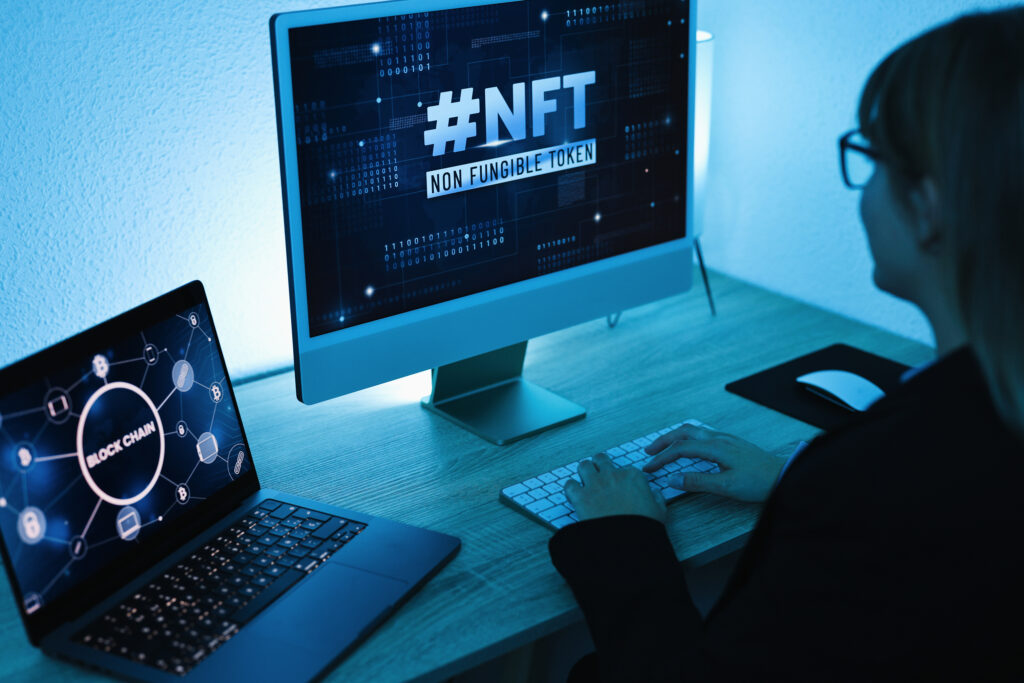Introduction:
In the ever-evolving landscape of finance and technology, new digital assets, such as non-fungible tokens (NFTs), have gained immense popularity. NFTs represent unique digital assets, ranging from artwork to virtual real estate, and have become a subject of great interest for investors and collectors. However, the regulatory framework surrounding NFTs remains a topic of discussion. To determine whether NFTs fall under the jurisdiction of securities laws, the Howey Test has emerged as a crucial legal standard. In this article, we explore the origins of the Howey Test, its key elements, and its application to NFTs.

The Origins of the Howey Test:
The Howey Test derives its name from the landmark U.S. Supreme Court case, SEC v. W.J. Howey Co. (1946). The case involved a Florida-based citrus grove offering investment contracts to buyers, who were promised a share in the profits generated by the cultivation and sale of oranges. The Supreme Court established a test to determine whether the offering constituted a security, leading to the birth of the Howey Test.
The Elements of the Howey Test:
The Howey Test consists of three elements, each of which must be satisfied for an investment to be classified as a security:
- Investment of Money:
The first element of the Howey Test requires an individual to invest money or valuable consideration. This can include traditional currency, cryptocurrencies, or any other form of consideration exchanged for the investment opportunity.
- Common Enterprise:
The second element of the Howey Test involves the existence of a common enterprise, where investors' funds are pooled together and managed by a third party. The profits generated from the investment are shared among the investors, which establishes the commonality of interests.
- Expectation of Profits:
The third element of the Howey Test involves an investor's expectation of profits. This expectation must arise from the efforts of a third party or a promoter. If investors anticipate returns primarily based on their own efforts, the test is not satisfied.

Applying the Howey Test to NFTs:
With the rise of NFTs, the application of the Howey Test to these unique digital assets has garnered attention. Analyzing NFTs through the lens of the Howey Test presents some challenges due to their distinct characteristics. However, certain aspects of NFTs may align with the elements of the test:
- Investment of Money:
Regarding the first element, investors typically acquire NFTs by purchasing them using cryptocurrency or fiat currency. This satisfies the requirement of investing money or valuable consideration.
- Common Enterprise:
Determining whether NFTs involve a common enterprise is more complex. While NFTs themselves are unique and do not pool investors' funds, the platforms or marketplaces facilitating NFT transactions may be considered common enterprises. These platforms often manage the transactions, facilitate secondary sales, and sometimes receive a percentage of the sales proceeds.
- Expectation of Profits:
The crucial aspect of the Howey Test is whether investors have a reasonable expectation of profits derived from the efforts of others. While some NFTs, like digital art, can appreciate in value, the underlying expectation of profit may be subjective. The primary motivation for purchasing an NFT can vary, with some buyers driven by personal enjoyment or supporting artists rather than speculative gains.
The Evolving Landscape of NFT Regulation:
Considering the unique characteristics of NFTs, regulators around the world are grappling with how to classify and regulate these digital assets. Regulatory authorities are currently exploring new approaches, such as tailored guidelines or novel legislation, to provide clarity on the treatment of NFTs within existing securities frameworks.
Conclusion:
The Howey Test has long been a critical tool for determining whether an investment qualifies as a security. Its application to NFTs presents challenges due to the distinct nature of these digital assets. While certain elements of the Howey Test may align with aspects of NFT transactions, there are also unique considerations that must be taken into account. As the regulatory landscape evolves, it is essential for lawmakers and market participants to strike a balance between investor protection and fostering innovation in the burgeoning NFT market.
Disclaimer: This article provides general information and is not intended to not does it constitute legal advice.